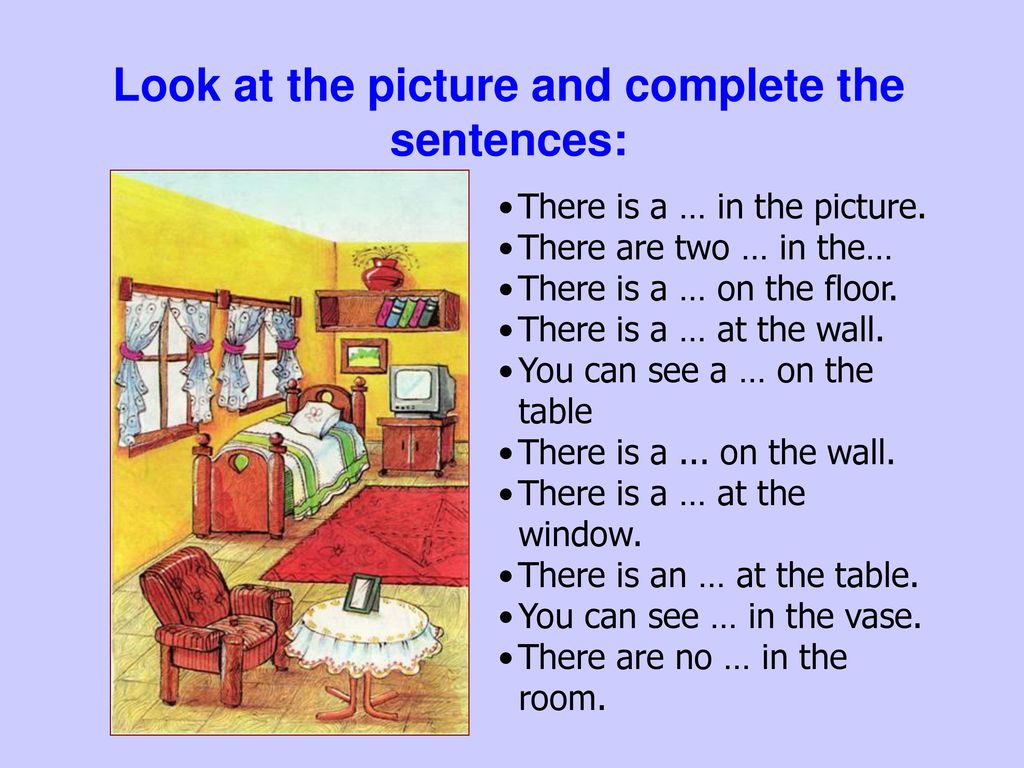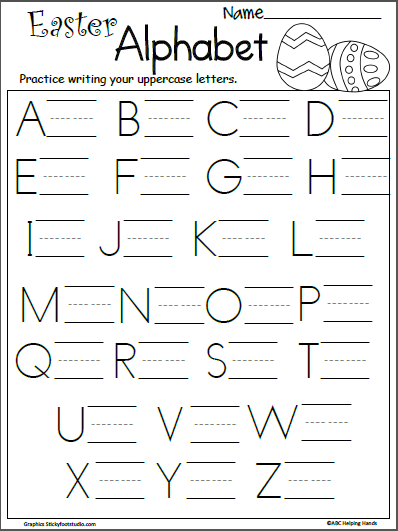Teaching adjectives to first graders
5 Fun Activities for Teaching Adjectives in the Primary Grades
Need some fun ideas for teaching adjectives to your Kindergarten, 1st, or 2nd grade students?
Keep reading for some engaging activities!
Activity #1: Have students use adjectives to describe a real object.When I first begin teaching about adjectives, I like to point out that kids already know a lot of describing words!
I have them practice describing an interesting object (preferably, something related to a science or social studies unit).
Sometimes I give them a checklist for help (like this one from my Kindergarten Grammar Alive pack):
Partners or small groups can share their describing words with the class, and we make a big chart of adjectives that we add onto during future lessons.
Activity #2: Have younger students explore opposite adjectives and what they mean.With my Kindergarteners, I don’t go too far in-depth with teaching about adjectives.
But I do teach them about describing words that are opposites! We think of real-life examples of things that can be described as hot or cold, large or small, etc.
I also read aloud this “opposites” book to them to reinforce the opposites vocabulary:
Activity #3: Have students sort adjectives vs. non-adjectives.Once students are beginning to understand the concept of adjectives, I have them practice differentiating between words that are adjectives and words that are not adjectives.
A simple word sort is a great way to practice this:
(An adjectives vs. non-adjectives sort is included in my First Grade Grammar Alive resource.)
Activity #4: Work with adjective shades of meaning.Once students understand adjectives, we begin to explore shades of meaning. In this ice pops activity, students put together puzzles by looking for adjectives that mean something similar:
This ice pops adjectives activity comes from my Second Grade Grammar Alive resource!
Activity #5: Have students add adjectives to their writing!One of the main reasons we teach students about adjectives is so that they can use them to add details to their writing!
Once students understand what adjectives are and can come up with some examples, I model how to use describing words in writing.
If we’re writing narratives, I model how to add adjectives to describe…
- A character
- The setting
- An important object in the story
If we’re writing informational / nonfiction pieces, I model how to add adjectives to describe…
- An animal or plant’s appearance
- Ingredients or materials needed for a how-to piece
If we’re writing opinion pieces, I model how to add adjectives to…
- Convey an opinion
- Describe a food, toy, restaurant, movie, etc. that I’m writing about
Once I’ve modeled, I ask the kids to take a piece of writing that’s finished or nearly finished. With a partner, they try to add at least 2 adjectives.
Then, in future writing lessons where we talk about adding more details, I remind them that they can use adjectives to add more detail to their writing.
More Adjectives Activities and Other Grammar Resources for K-2For these and other adjectives activities (and lots of other grammar materials!), check out my Grammar Alive! bundles for Kindergarten, first grade, and second grade.
I designed these resources to follow best practices for grammar instruction – but also be full of fun, active learning experiences for my kids!
Or if you already have a grammar curriculum but you need independent practice activities, check out my BoomCardsTM Grammar Games! These are digital grammar activities that your students can use on any computer, chromebook, or tablet with internet.
My students love BoomCards, and the audio explanations are great for providing support even when students are working independently!
Happy teaching!
Primary Grammar ADJECTIVES - with free activities! — Keeping My Kiddo Busy
GRAMMAR UNIT 2: ADJECTIVES
I am so excited to share unit two in my primary grammar series!
We are learning all about adjectives in this unit, and it works perfectly if you just completed Primary Grammar Unit 1: Nouns.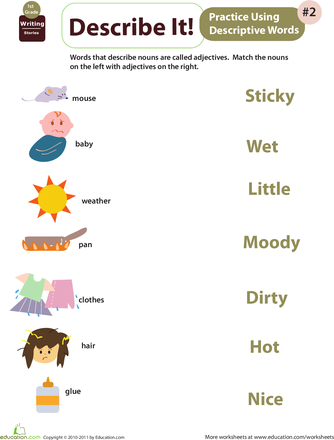
I know a lot of people first teach nouns, and then jump to teaching verbs.
I have had better success teaching adjectives right after we learned about nouns.
Adjectives describe nouns, so seeing how they work together makes so much more sense to students.
Ready to teach your primary students about adjectives in a way that will actually STICK with them?!
Let’s get started.
My kids are little noun experts since we just finished unit 1. Now we are learning about describing those nouns with details.
These are the slides that I show in lesson 1. I tell them that adjectives answer the question what kind?
What kind of snow? white snow
What kind of boy? a silly boy
What kind of horse? a fast horse
What kind of rocks? round rocks
HERE IS A FUN VIDEO TO HELP INTRODUCE ADJECTIVES
Tip: watch this video at the start of your grammar lesson each day for at least a week.
I tell students our words can paint a picture in someone’s mind by describing a noun with as many details as possible.
We go over the anchor chart shown to your left. I hold up objects (nouns) and they use put an adjective in front of the word.
For example: blue basket, sharp pencil, yummy candy, etc.
Our first activity will be to describe popcorn! I tell them to pretend they are explaining popcorn to someone who has never tried it before.
The adjectives to describe popcorn are provided for the students.
When they are done gluing the adjectives around popcorn, I can have them write more adjectives on the back.
They are starting to get the hang of adjectives, and they are already wanting to show me they understand.
The next couple of lessons are so much fun! We are doing adjective sorts. The mats are color coded for scaffolding, and I prefer to laminate them for durability (optional).
The mats are color coded for scaffolding, and I prefer to laminate them for durability (optional).
After they complete the color mats, there are coordinating follow up activities.
We talk about choosing adjectives to describe specific nouns. For example, yummy would not describe a turtle, but it is the perfect adjective for a cheeseburger!
I have them sort the color adjectives between two picture mats, and then they complete the two follow up activities:
Cutting and pasting the same coordinating adjectives (shown to the right)
Writing the adjectives both before and after the noun in each sentence (shown above)
Seeing the same pictures and words/adjectives is very helpful for students.
Plus, once they do these activities today, tomorrow and the next day are a breeze because the activities are the same.
The adorable theme changes along with the describing adjectives.
On lesson 2, we do the turtle and the cheeseburger, on lesson 3 we do the fox and the beach and then lesson 4 we learn about the adjectives that describe the fireman and arm chair.
All three of these lessons follow the exact same format of sorting color mats, then coloring and sorting with the cut/paste adjectives and finally the worksheet of filling in the adjectives.
I love how many adjectives they are learning - it so is cute to hear them say things like “the cozy arm chair” or “ the brave fireman.”
Now that they have some background with adjectives, I teach students that adjectives come from using our fives senses.
The cut and paste activity is differentiated and you can use one or both.
I tie this back to the popcorn lesson - I remind them of the adjectives we used to describe popcorn and how they come from all our senses - crunchy (hearing), bumpy (touch), salty (taste), etc.
I circle back to explaining that adjectives answer these three questions:
Which one?
What kind?
How many?
I actually sing this over and over again and have the kids join me so it sticks (if you don’t sing… just chant over and over!)
The activity pages coordinate perfectly, and they use the slides shown above to fill out the first worksheets. Then they can practice the second on their own.
During the next few lessons, we are solidifying how adjectives are used in a sentence.
I teach my students that adjectives often come right before nouns (shown on left. ) This is a very common way adjectives are used in sentences.
) This is a very common way adjectives are used in sentences.
They can also come after the noun connected by “to be” verbs such as is, are, was, etc. (shown on right.) These are the two most common ways adjectives are used in simple sentences.
We do a whole group activity, and then use this activity page. I also have students write adjectives on their own!
My goal is for students to see the pattern in how nouns and adjectives work together in sentences.
I also include sentence building activities, where students build two sentences using the same nouns and adjectives, but the sentence is in a different format. This is so helpful for students to see the patterns within sentences.
Differentiated versions are included, and everything is planned out for you!
This next activity is so much fun, and we spend several days on it. Children absolutely love it, and learn so much from it.
Students match the adjective with the noun, and then we practice using them both in a sentence. I challenge them to make two sentences each (orally) using both common sentence structures (adjective directly before the nouns, and then adjective after the noun and being verb.)
I challenge them to make two sentences each (orally) using both common sentence structures (adjective directly before the nouns, and then adjective after the noun and being verb.)
This sounds tricky, but they get the hang of it!
For example:
It is so important to start with having students orally make sentences. You want them to get comfortable simply paying with language and how to form different sentences using the same words.
Have them produce a sentence orally and then they can move on to writing it on the coordinating writing pages.
We spend several days on this activity - we play memory, matching, go fish and other games with the cards. Each day they can fill out one of the activity pages by writing complete sentences.
They will learn and grow so much during these few short dosed, and it is so fun to be a part of!
Next, we move on to adjective hunts! It is a similar format to my noun hunts, and they are simple, straightforward and fun for the kids.
This builds right where we left off with the noun hunts.
Children locate a noun in the picture and write it on their paper. Then, they write an adjective to describe that noun.
At the bottom of their paper, they choose one set and write a complete sentence.
They can they trade papers with a partner to see which nouns and adjectives are the same and different than each other.
We spend at least two days doing these, and it is so fun!
Next, we move on to rewriting sentences using adjectives. I call it adding sprinkles to their writing!
The first activity they cut out “sprinkle adjectives” and glue it to ice cream.
The next day, students add “sprinkles” to the sentences by rewriting the sentences using adjectives.
Your kiddos will be so engaged with these lessons!
We are nearing the end of the unit, and now we are applying what we learned with the activities below.
MYSTERY BAGS!
The kids love this lesson!
We do mystery bags, and the kids have to reach their hands into the bag and write adjectives to describe what they feel.
They can then make a prediction on what they think the object inside the bag is.
Some ideas of objects to put in the mystery bags are uncooked spaghetti noodles, silly putty, play dough, grapes, yarn, beads, and pipe cleaners.
The possibilities are endless! The recoding page has two mystery bags for students to record their adjectives and predictions, but if you copy it front to back you could do four mystery bags.
This is such a fun lesson, and the kids will remember it for a long time when you talk about adjectives in the future.
I love doing lessons that really stick with them, and master bags are a sure way to help students remember that adjectives describe nouns.
These worksheets are a great way to check for understanding to see if your students are grasping adjectives.
The next two lesson are focused on comparative and superlative adjectives. I don’t focus on them mastering this yet, but it is a great introduction.
FYI: ELL students will have a harder time with this concept. We spend two days on these lessons.
Our last few days with adjectives are spent with animals! This is so cute.
Kids love anything to do with animals.
I provide a word bank, and students write sentences with adjectives describing each animal.
Both color and black and white options are included for each animal. It is so fun, because everyone’s sentences will be different, and it is perfect to take time to share with each other.
“My students love to do these activities. It is so refreshing to buy a resource that I know will engage my students and be fun for them.”
“This resource was amazing! I love the differentiation with this product. The activities are perfect for whole group, independent work, and small group. My students love using this amazing tool.”
CLICK HERE TO PURCHASE
CLICK HERECLICK HERE TO VISIT MY PRIMARY GRAMMAR HOMEPAGE
[email protected]grammar, adjectives, nouns, english, language arts, first grade, kindergarten, second grade2 Comments
0 LikesAdaptation of first-graders to school conditions
Seminar on experience exchange
"Adaptation of first-graders to school conditions"
Tasks:
features of their adaptation to schooling.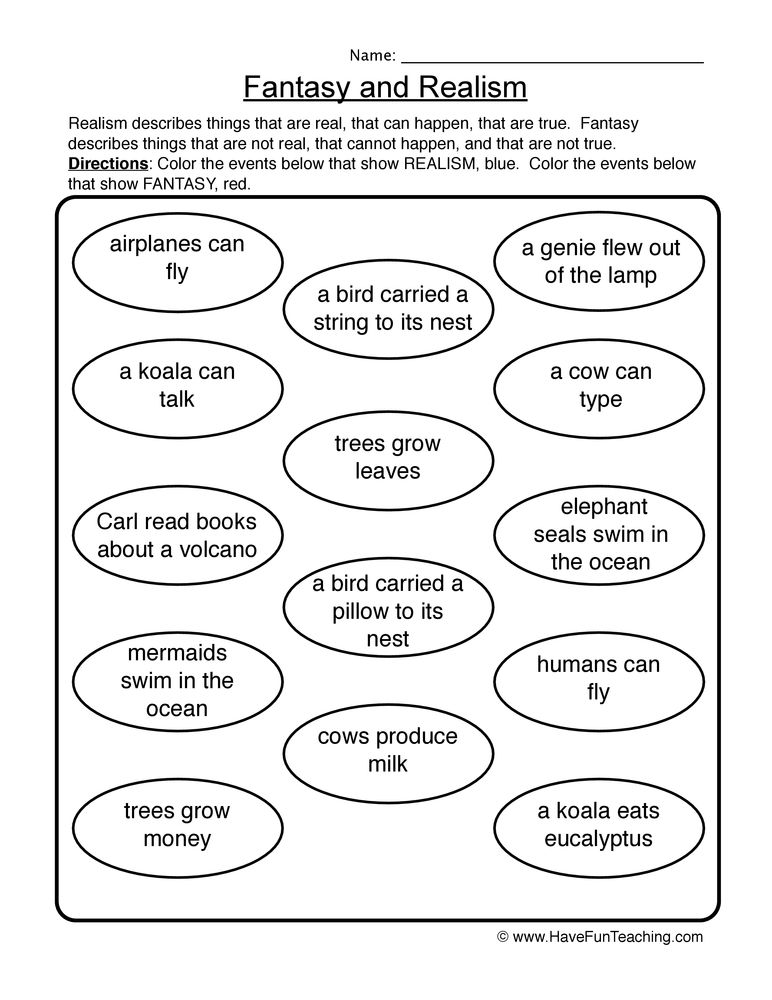
- Teaching skills to recognize anxious and maladjusted children and provide them psychological support.
- Representation of methods, practical techniques for the successful adaptation of first graders. nine0005
Participants: all teachers working in the 1st grade parallel, teachers elementary school, young teachers and those who wish from the main school
Deadline: November
Required materials: sheets A-4, pens,
Forms of work: lecture, brainstorming, group work, practical exercises.
Plan of the seminar
Ø Warm up
Receipt School is a turning point in every child's life. Beginning of schooling cardinally: it changes his way of life in a way.
Today's seminar is unusual. This is a workshop. At each stage there will be practical tips, recommendations, games that we will live today, and then we can use them in work, and not only during the adaptation of students.
- So, you hardly know each other. You go to school for the first few days. Came from different kindergarten groups. Let's get acquainted! nine0005
1. Game "Engine".
Purpose: to set up children to work in a group, creation of a positive emotional background, group cohesion, arbitrary control.
- Our train is not simple. When he rides, buzzes, and, clapping his hands, repeats his name. Who wants to be a steam locomotive? Excellent! Let's line up one behind the other, holding on to the shoulders. After our the train will travel a whole circle, he will choose one of you to replace him, and he will will become a trailer and will help the new engine to repeat its name. nine0005
- Well, we got to know each other. And to get to know the rest, there is another game.
2. Game "My favorite animal".
Purpose: development of memory, acquaintance.
Manual. The participants stand in a circle. calling himself by name, each participant calls his favorite animal; the second is the name previous and his favorite animal, his name and his favorite animal, etc.
Natalya is a squirrel. Natalya is a squirrel, Tatyana is a fox …..
Ø 2. Brainstorming "Association"
Facilitator: You and I know that the first days of a child in school are associated with adaptation. “Think for one minute and answer the question:
- “What associations do you have when you hear the word "adaptation"?"
Then the teachers express their associations in a circle, and the psychologist writes them down on the board. Psychologist summarizes and defines the word "adaptation".
Ø 3. Psychologist's speech on the topic "Adaptation" - psychologist
Ø Physical Minute
- Working capacity of first-graders does not exceed 10 minutes. Need to spend several physical minutes per lesson, change activities.
Game "Four elements".
Purpose: development of attention related to coordination of auditory and motor analyzers.
Manual. At the command of the leader, the children perform certain hand movements. nine0005
"Earth" - children put their hands down.
"Water" - children stretch their arms forward.
"Air" - children raise their hands up.
"Fire" - children rotate their arms at the elbows and wrist joints.
Ø 4. Characteristics of the classes, including the results of the Start diagnostics - class teachers of the 1st classes
Ø Fizminutka
Game “This is me. Get to know me."
Purpose: removal of emotional stress, aggression, development of empathy, tactile perception, creation of positive emotional background in the group, the development of auditory perception and attention, auditory memory. nine0052
Game in progress. A driver is chosen who turns back to the group. One child gently strokes him on the back with his palm and says:
- “It's me. Get to know me."
The driver must guess who is before him touched.
Then the same is repeated with several more children.
Ø 5. Social portrait of classes - social teacher
Ø Physical education minute
- Colleagues, I ask you to determine the degree of your fatigue in the process of work. nine0005
Please stand up.
If you are very tired, sit on a chair and lower your shoulders;
if the degree of fatigue is moderate - stand, hands down;
if you are not tired at all, or just stand a little, raising hands up.
Ø lessons
Game "Bees"
Purpose: to teach children to hear, listen, develop Attention. Teach how to use the bell to control the noise in the classroom. nine0005
Game progress:
All children are bees, They fly in the meadow and collect nectar from flowers. The teacher rings the bell and announces:
- if I call 3 times, then the drone is flying, you need to drive him away, for this buzz loudly.
- 2 rings - the drone flew away, you can buzz quietly, calmly.
- if I call 1 time - danger, you need to shut up and don't buzz.
Game Turtle.
Purpose: to teach children to control their actions, listen and understand instructions from adults. nine0052
Game in progress. Children stand on one side. Leading with another. At his command, the children should move towards him. Their task is to go as far as possible slower. You cannot stand in one place.
The one who comes last wins.
Ø 7. Information from a psychologist about the results of adaptation. Recommendations .
Exercise "Crayons" (for communication)
in pairs one child draws with his hand on the back of another some letter, figure; the task of the second is to guess what is drawn. nine0005
Ø 8. providing support and assistance to children in the period of adaptation”.
Black box exercise sides of the seated volunteer and put your hands on his shoulders, while pressing on them. (time is one minute).
(time is one minute).
- Now open your eyes and do what you want to do. Tell me please how did you feel. What have you done to change the situation? To you became easier, more comfortable? nine0011 Now imagine a child instead of our volunteer. What can happen to him like that? to put pressure on the first days, weeks of adaptation?
Quite right - these are the requirements that are imposed on him: rules of conduct at school and beyond, workload, daily routine, communication with children, lack of trusting contact with the teacher, who for him is a “stranger aunt”. This situation will have a particularly strong effect on a child who has not attended kindergarten, as the experience of adaptation, possible patterns of behavior in one or he has little other situation. What will the child do in this situation? (Options responses). He is looking for ways to protect himself, like you, when you opened your eyes and tried change the situation from uncomfortable to more comfortable. Unfortunately, his ways not always constructive. nine0011 Let's turn to your experience.
nine0011 Let's turn to your experience.
-How does a child behave in a situation of discomfort? (Answer options)
-Quite right, he can show aggression, refuse to completing the task, sit under the desk, and if the situation does not find a positive permission, then all this can develop into mental disorders: fears, neuroses, somatic diseases.
- I offer you questions for the following exercise:
- “What kind of help and support can provide a teacher?",
- "What help and support can parents provide?" Your group recommendations draw up on sheets of whatman paper.
Teachers present their answer to the question.
- We have listed only some forms of providing psychological and pedagogical assistance to children in the period of adaptation and their parents, but unfortunately, we do not omnipotent magicians and, as the proverb says, there is no warrior alone in the field, so we are looking for allies in organizing the process of accompanying our first grader.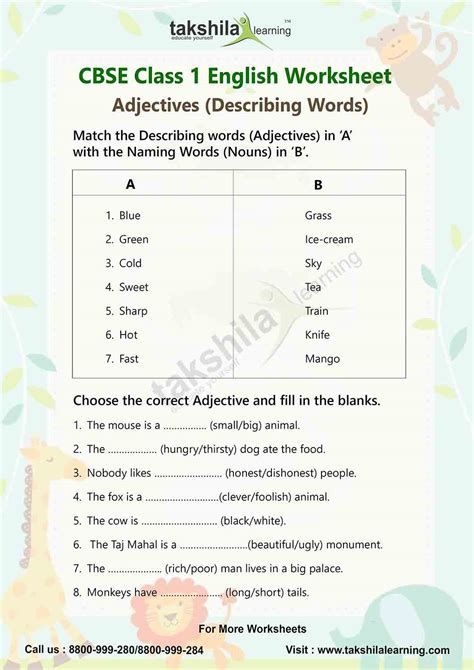 Who is these allies are the parent, the social educator and the psychologist. nine0005
Who is these allies are the parent, the social educator and the psychologist. nine0005
Ø 9. Final part
Exercise "well-being"
And finally, sitting in a circle, each member of the group names a word or phrase, characterizing your state or mood at the moment (what you got from lessons). He passes his hand to the neighbor sitting on the left. The neighbor takes his hand in his and in the same way pronounces the right word, thus the circle closes.
Ø 10. Summing up the work of the workshop.
Map of the age characteristics of first-graders
AGE CHARACTERISTICS OF FIRST-GRADE SCHOOL
Imaginative thinking prevails (requires visualization), begins to develop abstract thinking
Attention is involuntary, frequent change of activity is necessary
Memory is involuntary, the ability to voluntarily begins to develop memorization
Approximately by the age of 7, egocentrism of thinking is overcome, appears and develops reflection
At the stage of formation is the ability to voluntary behavior: to emotional control, following rules, instructions, etc. But often behavior is still determined by the emotional state of the child
But often behavior is still determined by the emotional state of the child
Leading activity changes from role-playing to studying, but in the 1st grade, rather is an educational game
Motivation changes from playing to learning, but not immediately
Self-esteem is overestimated, but strongly depends on the assessments of an adult
While it is difficult to regulate one’s activity, the role of an adult is important in behavior - clowning around, depicting something. Loss of childish spontaneity. Appearance child's inner life
The main neoplasm is being actively formed - the inner position of a schoolchild
- Super User
- Category: Junior students
- nine0290 Views: 969
When we talk about a child's readiness for schooling, then along with the physiological readiness and psychological readiness of the child for schooling, they consider social or personal readiness for schooling.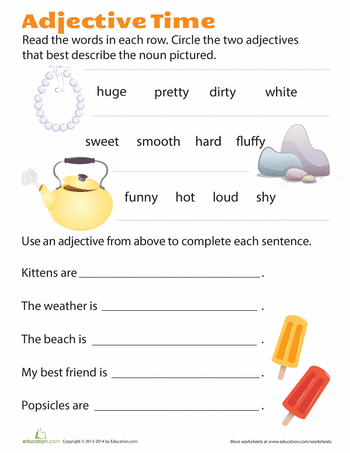
It means the readiness of the child for new forms of education, for a new attitude towards the world around him and himself, due to the situation of schooling. nine0005
To understand the mechanisms of formation of social readiness, it is necessary to consider the crisis of seven years.
Crises (and the crisis of seven years) take a relatively short time: several months, a year, and rarely two years. At this time, there are sharp, fundamental changes in the psyche of the child. Development during periods of crisis is stormy, impetuous, "revolutionary" in nature. At the same time, in a very short time, the whole child changes. The crisis occurs at the junction of two ages and is the end of the previous stage (in this case, preschool) and the beginning of the next (school). nine0005
The negative symptoms of a crisis, characteristic of all transitional periods, are fully manifested at this age (negativism, stubbornness, obstinacy, etc.). Along with this, features specific to a given age are manifested: deliberateness, absurdity, artificiality of behavior, clowning, fidgeting, clowning. The child walks with a fidgety gait, speaks in a squeaky voice, makes faces, makes a fool out of himself. The behavior of the child during the crisis of seven years has a deliberate buffoonish character, causing not a smile, but condemnation. nine0005
The child walks with a fidgety gait, speaks in a squeaky voice, makes faces, makes a fool out of himself. The behavior of the child during the crisis of seven years has a deliberate buffoonish character, causing not a smile, but condemnation. nine0005
Such features of the behavior of seven-year-olds testify to the "loss of childish spontaneity." Older preschoolers cease to be naive and direct, as before, become less understandable to others. The reason for such changes is the differentiation (separation) in the mind of the child of his inner and outer life.
What should be the psychological preparation of the child for school
The most important moment for parents of future first-graders is the psychological preparation of the child for school. To begin with, tell your child about how his pastime in the school walls will differ from the usual home or kindergarten regimen. Tell them that there are lessons at school during which you need to sit at your desk, listen carefully to the teacher and follow his instructions. Explain how to address the teacher and how to communicate with classmates. Tell what is the change, school cafeteria, homework, diary and grades. nine0005
Explain how to address the teacher and how to communicate with classmates. Tell what is the change, school cafeteria, homework, diary and grades. nine0005
Set your child up for the learning process in a positive way. It is not worth remembering your own difficulties of the school time, if any, since such stories can cause a future first-grader to dislike or fear school. Rather, tell him some funny and interesting stories from your school years: remember your favorite subjects and teachers, school holidays, fun games that you played with your classmates. But in no case do not tell your child that he will be the best student in the class, because if the kid takes this position from the very beginning, his relationship with classmates is unlikely to be successful. nine0005
Warn your child in advance that not everything can work out for him the first time, and there is nothing to worry about. Tell him that you will not scold him if something suddenly does not work out, and be sure to help him deal with everything that he does not understand. Explain to your child that school is the first step into adulthood, and studying will give him a lot of new and useful knowledge that will be useful in the future.
Explain to your child that school is the first step into adulthood, and studying will give him a lot of new and useful knowledge that will be useful in the future.
nine0010 What knowledge should a future first-grader have
Many parents believe that the more knowledge a child gets before school, the better he will learn. But actually it is not. For children who come to the first grade too prepared (they know how to perform complex mathematical operations, read quickly, know the basics of the English language), the learning process begins to cause boredom, because they already know and can do everything, and constant repetition begins to annoy them. At the same time, toddlers, who have only basic knowledge that is normal for their age, perceive school activities as another way to get to know the world around them and learn new skills with interest. nine0005
In fact, the future first grader should easily and quickly give his last name, first name and patronymic, home address, phone number, parents' names, the names of the most common animals, plants, flowers, sports, professions, household items. The kid should know the names of the months and seasons, their sequence, the rules of the road. A future first grader must distinguish between right and left, vowels and consonants, understand the difference between various animals, vegetables, fruits, and objects. A child entering school must be able to count to ten, solve simple logic problems, read short sentences, describe pictures and retell stories, and be able to handle a pen, pencils, paper and scissors. This is quite enough. nine0005
The kid should know the names of the months and seasons, their sequence, the rules of the road. A future first grader must distinguish between right and left, vowels and consonants, understand the difference between various animals, vegetables, fruits, and objects. A child entering school must be able to count to ten, solve simple logic problems, read short sentences, describe pictures and retell stories, and be able to handle a pen, pencils, paper and scissors. This is quite enough. nine0005
Ten Tips for Parents of Future First Graders
Tip 1. Remember that you are choosing a school not for yourself, but for your child. Try to take into account all the factors that will affect the learning process.
Advice 2. Get to know the school, teaching staff, learning conditions in advance. nine0005
nine0005
Advice 3. Find out what program your child will study in, what kind of workload he will have (how many lessons per day, are there any mandatory extra classes).
Tip 4. Find out when classes start and calculate how long it will take to get to school. Add another hour to your morning routine and breakfast.
Tip 5. Try to get to know and talk to your child's teacher. Think about how she can take into account his features. nine0005
Tip 6. Specify what time your child will finish school. This is necessary if you are planning any additional classes (music school, circles, sections).
Tip 7. Prepare a space for your child to practice at home.
Tip 8. Do not set your child up only for success, but do not intimidate them with failures either.
Advice 9. Do not treat your child's first failures as the collapse of all your hopes. Remember: he really needs your faith in him, smart help and support. nine0005
Remember: he really needs your faith in him, smart help and support. nine0005
Tip 10. Remember that adjusting to school is not an easy process, and it does not happen quickly. The first months can be very difficult. It is good if during this period of getting used to the school one of the adults will be next to the child.
Questionnaire for parents:
"Is your child ready for school?"
nine0010 Instructions: Answer the questions provided. Answer options: "yes" or "no".
- Can your child do something on his own for 30 minutes?
- Can he make picture stories (more than 5 sentences) using adverbs, adjectives and compound sentences?
- Does your child memorize poems quickly and does he know a few verses by heart?
- Can he count up to 10 and backwards? Count up to 100? nine0436
- Can he solve simple addition and subtraction problems?
- Can your child read in syllables?
- Does he have good coordination?
- Can he draw and color?
- Can your child generalize - call a group of objects in one word? (dishes, cities, furniture, transport, clothes, insects)?
- Does he want to go to school?
Interpretation of results: For each positive answer, give yourself 1 point. Calculate your scores. 1 - 3 points - Your child is not yet ready for school. 4 - 6 points - the child is conditionally ready for school, but this is not enough for the successful assimilation of the school curriculum. Do more with him, developing all cognitive processes (memory, attention, thinking, speech, imagination), as well as fine motor skills and perseverance. 7 - 10 points - Your child is fully prepared to start regular schooling.
Calculate your scores. 1 - 3 points - Your child is not yet ready for school. 4 - 6 points - the child is conditionally ready for school, but this is not enough for the successful assimilation of the school curriculum. Do more with him, developing all cognitive processes (memory, attention, thinking, speech, imagination), as well as fine motor skills and perseverance. 7 - 10 points - Your child is fully prepared to start regular schooling.
What a first grader needs for school
The most important thing is to buy all the things that a future first grader needs. Together with your child, choose a good and comfortable briefcase, removable shoes, sportswear for physical education, a pencil case, notebooks, pens, pencils. Find out from the future class teacher which books and textbooks you definitely need to buy, and which ones will be given to the child at school. nine0005
Try to buy all the things necessary for school together with your child.










